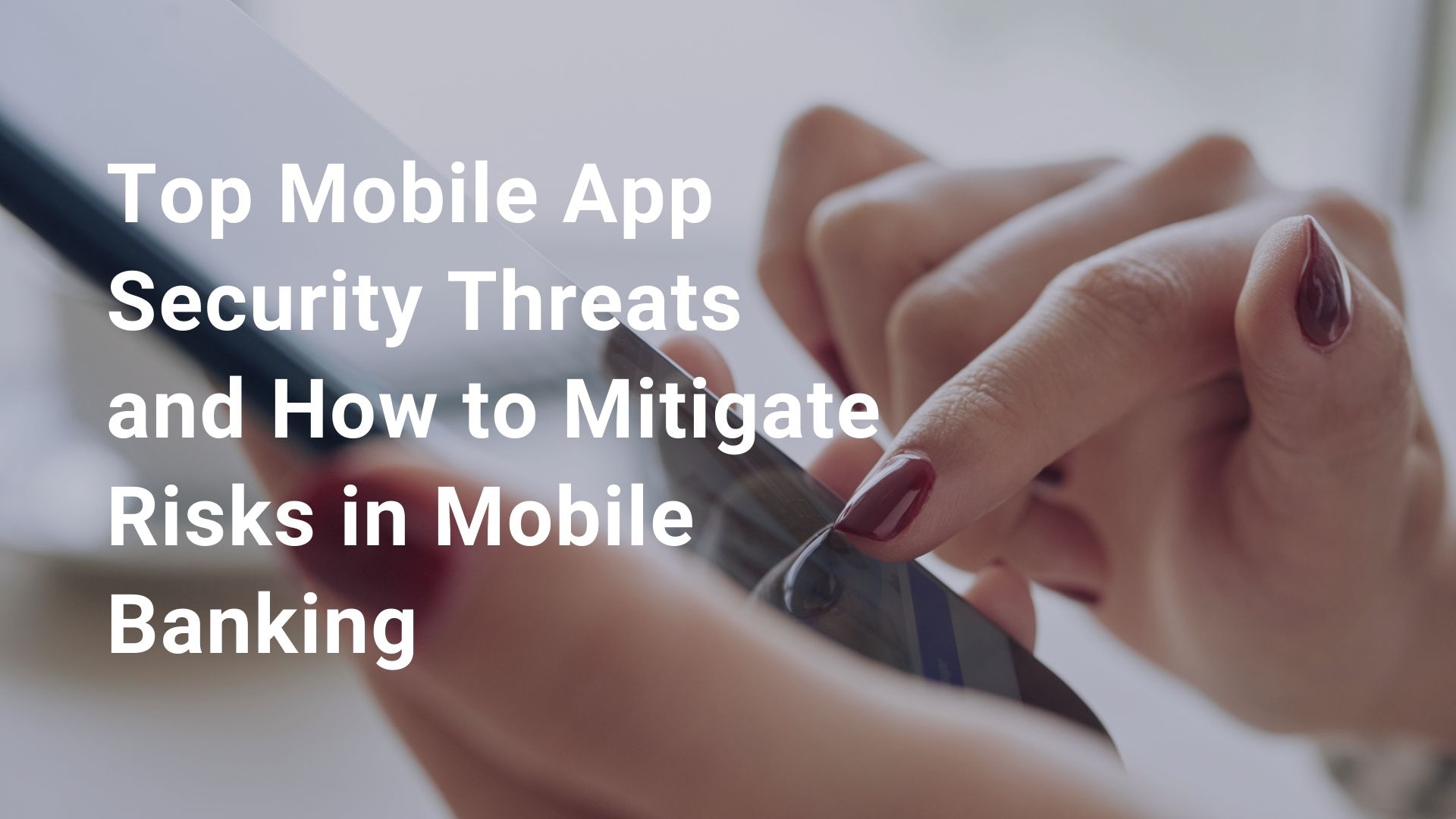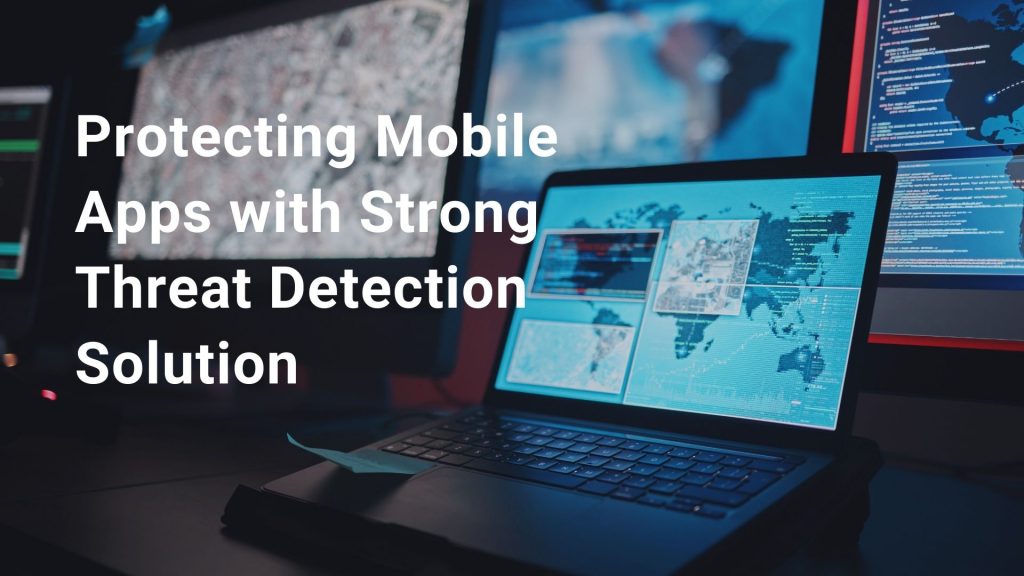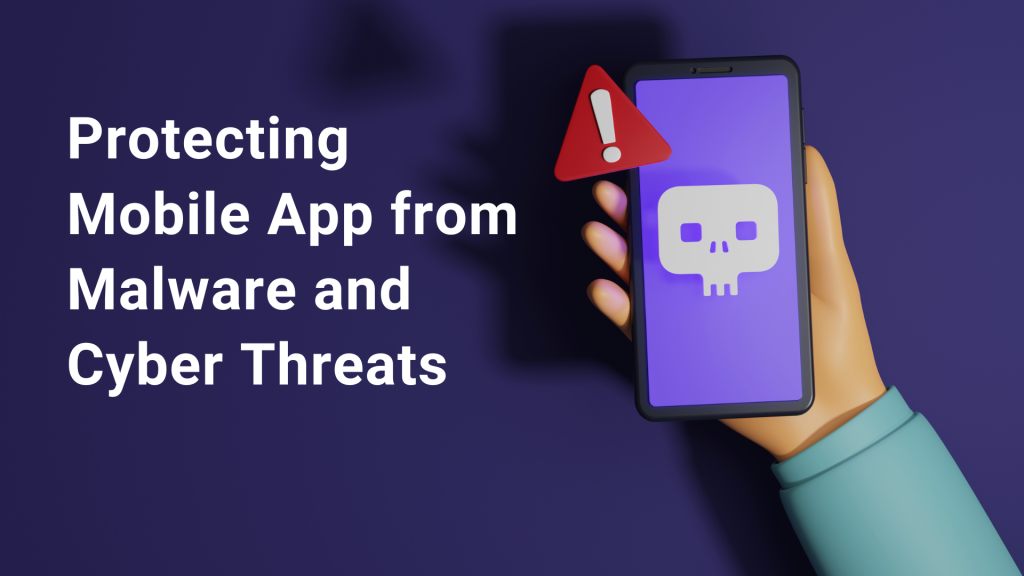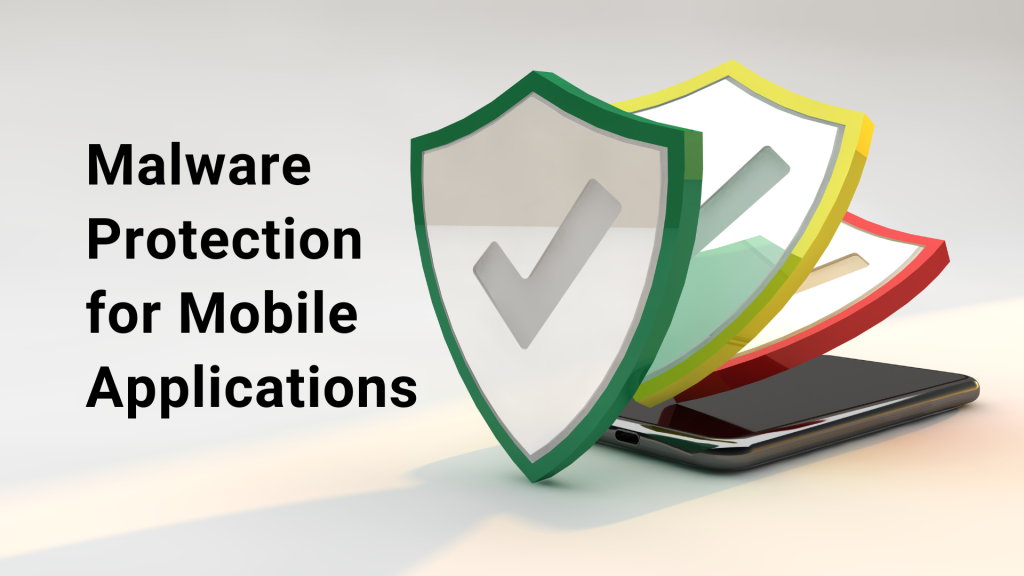
Top Mobile App Security Threats and How to Mitigate Risks in Mobile Banking
The rapid digitalization has transformed financial institutions such as the banking sectors, with mobile apps offering convenience to users. However, this convenience comes with significant security risk and challenges. A 2021 report by Intertrust revealed that 77% of financial apps have at least one vulnerability that could lead to a data breach exposing institutions and users to potential data breaches. These vulnerabilities range from unencrypted password transmissions and unprotected network connections to risks associated with coding languages and frameworks.
The Rise of Mobile Banking: Balancing Convenience with Security
While digitalization enhances accessibility and operational efficiency, it also increases security threats. Outdated applications become easy targets for cybercriminals, and are more susceptible to attacks, including phishing, malware propagation, and insider threats. Cybercriminals can exploit these weaknesses to steal credentials or sensitive data. If financial institutions do not proactively upgrade and secure their apps, they leave themselves and their users vulnerable to increasingly sophisticated attacks. Below, we explore the top mobile app security threats facing the banking industry and highlight essential strategies to mitigate them.
Common Mobile App Threats and Vulnerabilities
The rise of mobile banking has revolutionized how we manage finances, but this convenience comes with significant security risks. Cybercriminals are constantly evolving their tactics, targeting vulnerabilities in mobile banking apps to steal sensitive data and funds. Here are some of the top threats facing the banking industry:
- Malware & Trojans: Malicious software can infiltrate devices, steal login credentials, and intercept sensitive information transmitted through the app.
- Phishing attacks: Sophisticated phishing scams, often disguised as legitimate communication from the bank, trick users into revealing login credentials or personal information.
- Man-in-the-Middle (MitM) attacks: These attacks intercept communication between the user’s device and the bank’s servers, allowing attackers to steal sensitive data.
- Insecure data storage: If the app doesn’t securely store sensitive information like account numbers and passwords on the device, it can be accessed by unauthorized individuals.
- Weak authentication: Relying solely on passwords for authentication leaves users vulnerable. Strong authentication methods like multi-factor authentication (MFA) are crucial.
- Unsecured communication channels: If the app transmits data over unsecured networks, attackers can easily intercept and steal sensitive information.
- In-App vulnerabilities: Flaws in the app’s code can be exploited by attackers to gain unauthorized access to user data or functionalities.
- Code tampering: Hackers can alter an app’s code to exploit vulnerabilities.
- Reverse engineering: Attackers can use reverse engineering to access an app’s source code.
How Banking and Financial Institutions Can Safeguard Mobile Apps
To protect mobile banking apps, financial institutions should adopt a multi-faceted security approach:
- Security Testing: Regularly conduct app security testing and scan for vulnerabilities during development and after deployment to identify and address vulnerabilities promptly.
- Threat Monitoring: Implement continuous monitoring solutions to detect and respond to potential threats in real-time.
- App Hardening: Strengthen apps using obfuscation, encryption, and anti-tampering mechanisms to create multiple defense layers against attacks.
SecIron offers advanced solutions for app security scanning, threat monitoring, and app hardening, helping financial institutions maintain a secure digital environment and stay ahead of emerging threats.
While the threats to mobile banking apps are numerous and evolving, understanding and addressing the top security issues can significantly enhance protection. By preventing data breaches, protecting sensitive information, and maintaining customer trust, banking and financial institutions can safeguard their digital assets. Start now to learn how we can help you safeguard your digital assets.
Ready to launch a secure app?
From deployment to security and beyond, SecIron helps you take you from visibility to action.
Related post

The mobile app landscape is evolving rapidly. To stay ahead of the curve, organizations must adapt to new security challenges and embrace emerging solutions. Explore the critical trends and strategic recommendations to secure your mobile apps in 2025.

The dependency of mobile apps comes with a significant risk for attackers to exploit vulnerabilities, leaving businesses vulnerable to data breaches, fraud, and reputation damage. So how can security teams proactively monitor and mitigate it?

With increasingly complex threats, protecting sensitive user data within mobile apps is critical. This article explores the ever-changing mobile threat landscape and unveils how a multi-layered security approach can effectively shield your mobile apps from emerging threats.

Discover essential security measures to fortify your app and safeguard user data. Learn how to prevent malware, cyber threats, and build trust with a comprehensive mobile security strategy.

Safeguard your mobile apps from malware and other malicious threats with comprehensive malware protection solutions for mobile apps.

Explore how DevSecOps enhances mobile app security, integrating robust protection throughout development in today’s rapidly evolving threat landscape.
Ready to launch a secure app?
WE CAN HELP!

Ananya
Making Your Security
Project A Success!
By filling out this form, you opt-in to receive emails from us.
Categories
- Blog (26)
- Latest News (4)
- Success Stories (4)
- Whitepapers & Guides (3)
Recent Posts

Mobile App Security Trends and Strategic Solutions in 2025
November 18, 2024
Protecting Mobile Apps with Strong Threat Detection Solution
November 7, 2024Recent Comments
Tags
There’s no content to show here yet.
Recent Posts
- Top Mobile App Security Threats and How to Mitigate Risks in Mobile Banking
- Mobile App Security Trends and Strategic Solutions in 2025
- Protecting Mobile Apps with Strong Threat Detection Solution
- Protecting Mobile App from Threats with Application Hardening
- Enhancing Mobile Banking Security to Combat the Rising Threat of Malware in Malaysia

